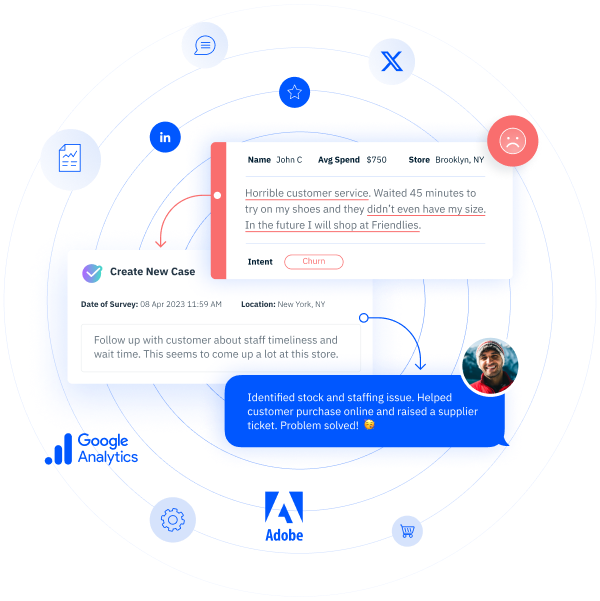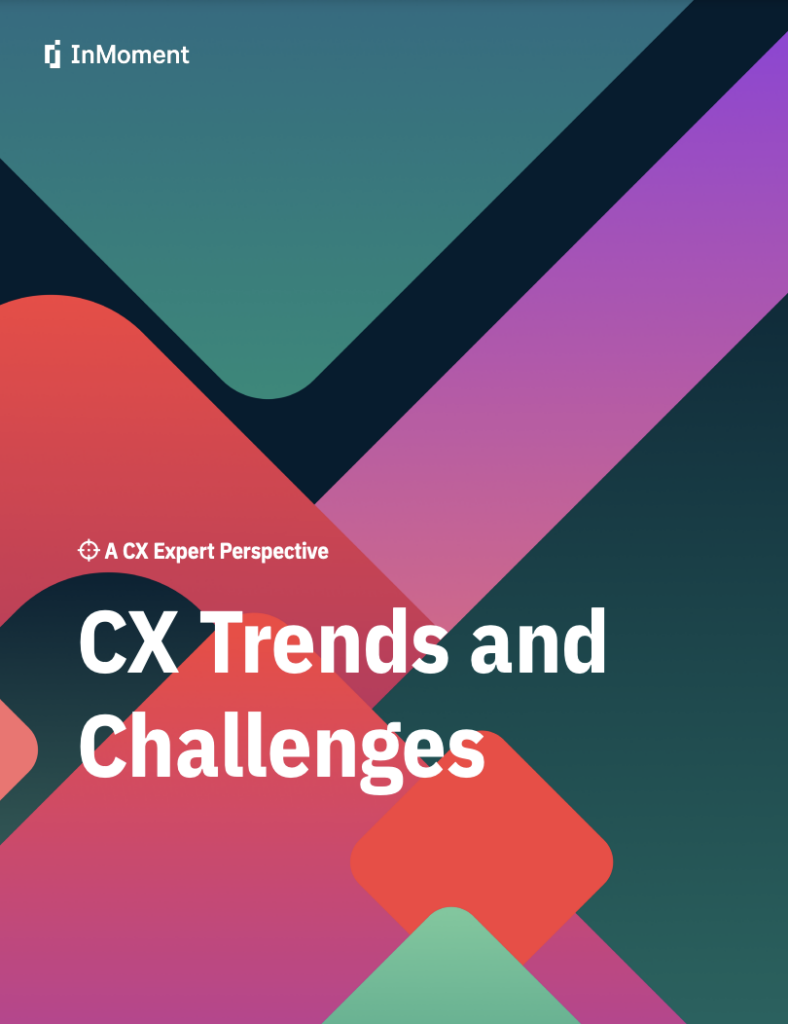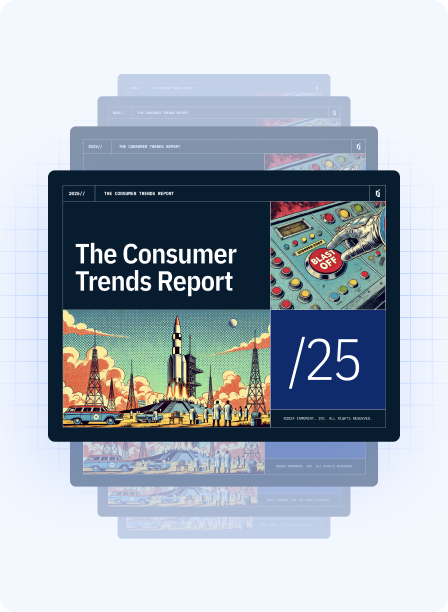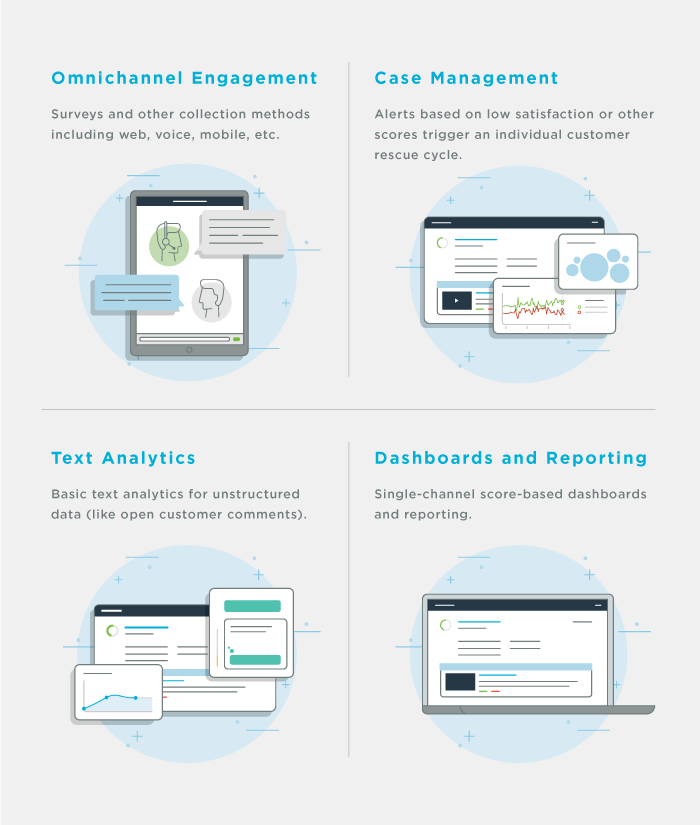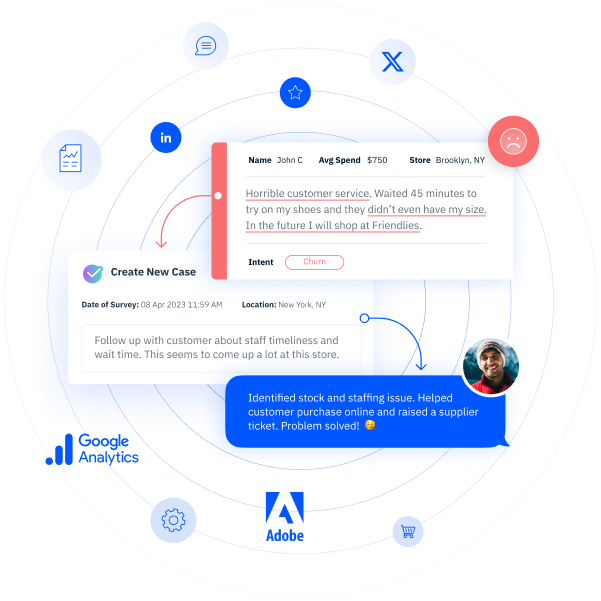In today’s connected world, managing a customer’s expectation and consistently creating positive experiences has proven to be a challenge for many organisations.
Part of the challenges in customer experience can be attributed to a variance in preferences across different industries and geographies. A recent study conducted by the UK Institute of Customer Service (UKCI) revealed that customer needs for specific types of services vary by industry, country, and channel.
Importance of understanding customer differences across sectors
In the modern business context, a healthy customer experience initiative is defined by a brand’s commitment to both satisfying customers and motivating strong loyalty. This in turn requires a firm to have a strong understanding of wide-ranging customer expectations.
Today, customers expect excellent experiences from their bank, insurance provider, mobile operator, and even their electricity supplier. However, priorities and expectations of what is considered excellent vary across industries.
For instance, staff competencies are considered particularly important in the banking and insurance industries while speed of resolving complaints, product reliability, and accessibility is a top priority in retail.
However, amidst these varying expectations, there is one shared ideology that prevails — there is no business without customers. Understanding customer expectations is therefore a prerequisite to delivering a superior service which can in turn create brand advocates and prolonged customer loyalty.
In fact, a study by Wunderman found that a staggering 79 percent of customers base their initial purchase intent on how efficiently a brand understands and cares about them. Suffice to say, understanding customer expectations is a crucial ingredient to the success or failure of a business.
Different customer expectations across countries
It is imperative that customer service representatives are aware of the diverse requirements in different countries and cultures. It is especially vital for companies that wish to expand their operations globally. Understanding disparities in customer priorities will invariably help companies identify strengths and opportunities for improvement and differentiation.
These priorities can vary from price, quality, and physical presence of a representative. For instance, customers in Japan have very high expectations of customer service and do not expect to pay for it. Accordingly, service providers in Japanese markets are expected to go out of their way to serve customers and solve problems.
If a customer seeks out phone support in Japan and is dissatisfied with the outcome, the company will more often than not send someone to help them out. This may not always be expected from companies in countries like the UK or US.
Furthermore, a 2014 Global Customer Service Barometer Report by American Express revealed that 78 percent of US customers rate being connected to someone who is knowledgeable as important, whilst only 65 percent of customers in the UK agreed with this. Moreover, a study conducted by New Voice Media found only 25 percent of Americans will hold while on the phone after 10 minutes, compared to 64 percent of Brits, for whom it is a regular occurrence.
Understanding wavering emotions
Existing UKCSI research notes considerable differences in how customers describe emotions associated with positive experiences. The research showed Danish customers, for example, predominantly using the verbatim “they had what I was looking for” while Spanish customers usually stated “I am satisfied with doing what I came to do.”
Respondents were further analysed to understand which emotions they associate with brands to which they feel the most loyal. Most customers across the countries analysed rated “satisfaction” as the most common emotion they associate with brand loyalty.
Around 20 percent of UK customers associated being safe and reassured with brand loyalty, while only 17 percent of US customers agreed with this. “Entertained” was the lowest-ranked emotion overall. However, 11 percent of Finnish customers chose this emotion — nearly twice as many as the nearest customer group from another region. Meanwhile, customers in France and Finland ranked ‘excited’ higher than in other countries.
The research also suggests customers across Europe share many of the same priorities but there are also a number of nuanced priorities by each country. Differences in the way customers score each priority out of ten was also noted. For example, there is less than an average differentiation in the range of priority scores in Poland, with less than one point difference between the highest rated priority (condition of delivered goods) and the lowest (organisation contributes to the national economy).
Communicating using the right channels
Most companies today use multiple channels to interact with customers. This has been made easier with the rapid increase in technology and the advent of social media. However, customers across different industries and countries have varied preferences on how they wish to communicate with service professionals.
For instance, banking customers prefer a complete omni-channel experience with physical branches, online banking, mobile apps, text notifications, and phone calls. However, customer expectations with a healthcare company may not go beyond the ability to contact the company via phone and receive a text with reminders of upcoming appointments.
In the UK, UKCSI research revealed that website use is higher than the European average, although this is not uniformly the case across sectors. Website use is particularly high in telecommunications, media, insurance, and utilities, but is slightly less than average for banking, retail (food), and transport. In the Netherlands, “in person” is used less than the European average, although it is still the most popular channel for interacting with organisations.
Acknowledging preferred personalisation levels
In recent years, personalisation strategies have grown in importance and have seen a significant impact on levels of advocacy and loyalty customers have towards a brand. In fact, customers today do not just expect but demand tailored services that suit personal preferences.
They also want e-commerce sites and in-person sales associates to know who they are and offer relevant assistance. UKCSI’s recent survey recognised this fact, as “personalised support” emerged as a prime priority over purchase and advertising.
The report further indicated that customers in North America and the UK chose personalised support even more often than average at 54 percent and 53 percent, respectively. Moreover, 41 percent of customers in Spain value personalisation during the purchase process highest of all countries, a full six points above the average of 35 percent, while German customers weighted the different types of personalisation most equally.
It is imperative that companies today understand and respond to not just a customer’s buying habits and incomes, but also their emotions and states of mind. Acknowledging these subjective experiences and the role every function plays in shaping them is undoubtedly important in ensuring that customer satisfaction is more than just a slogan but also an attainable goal.

